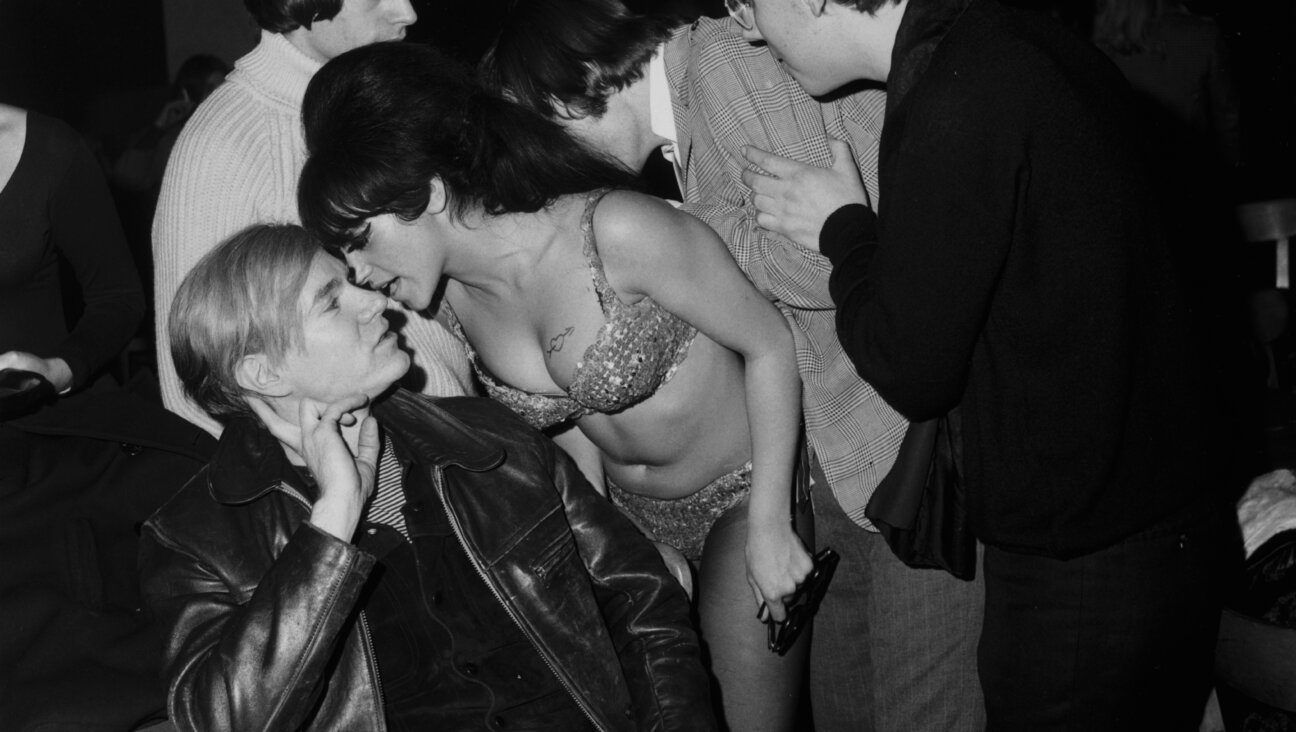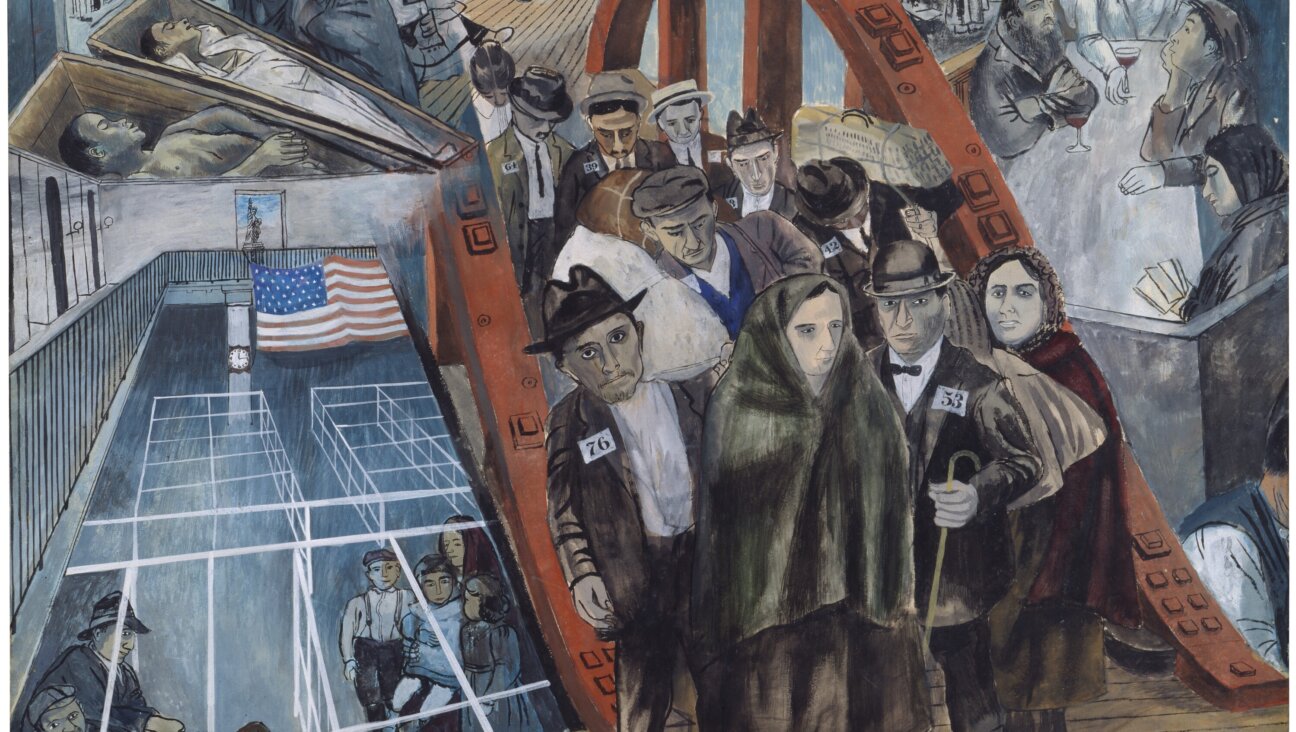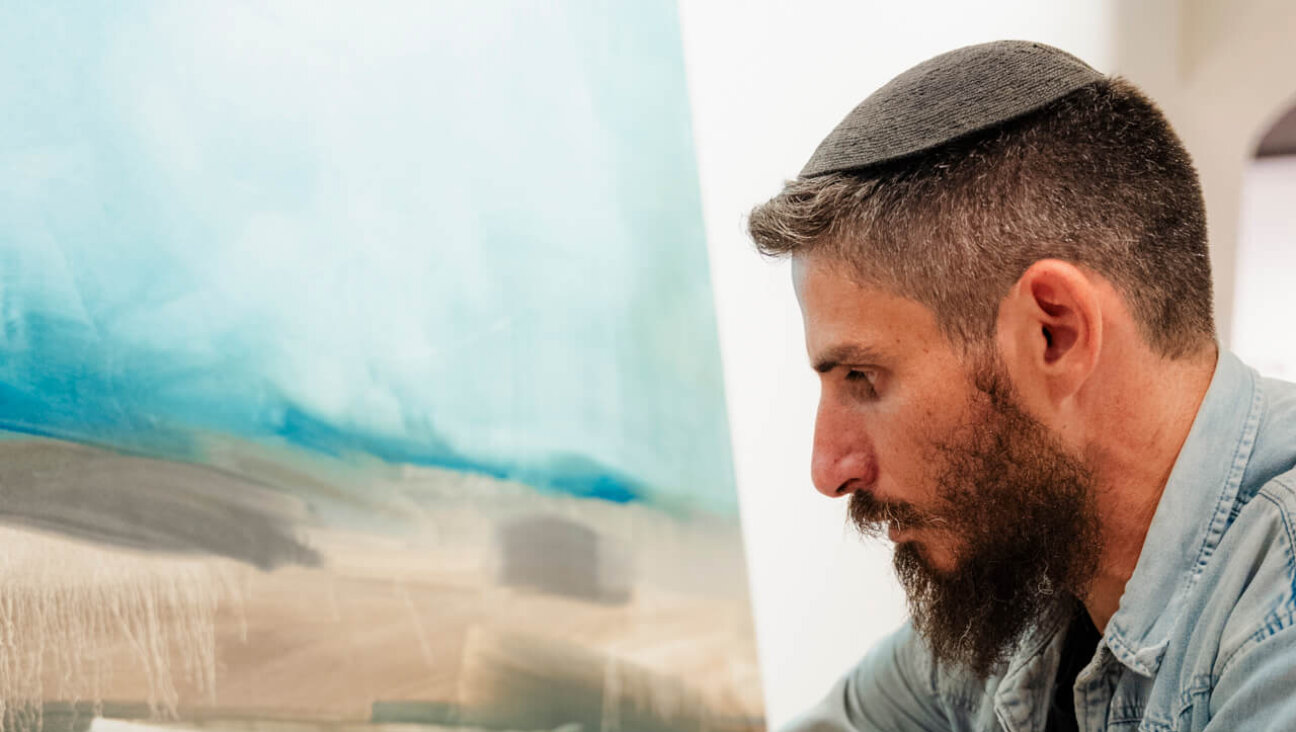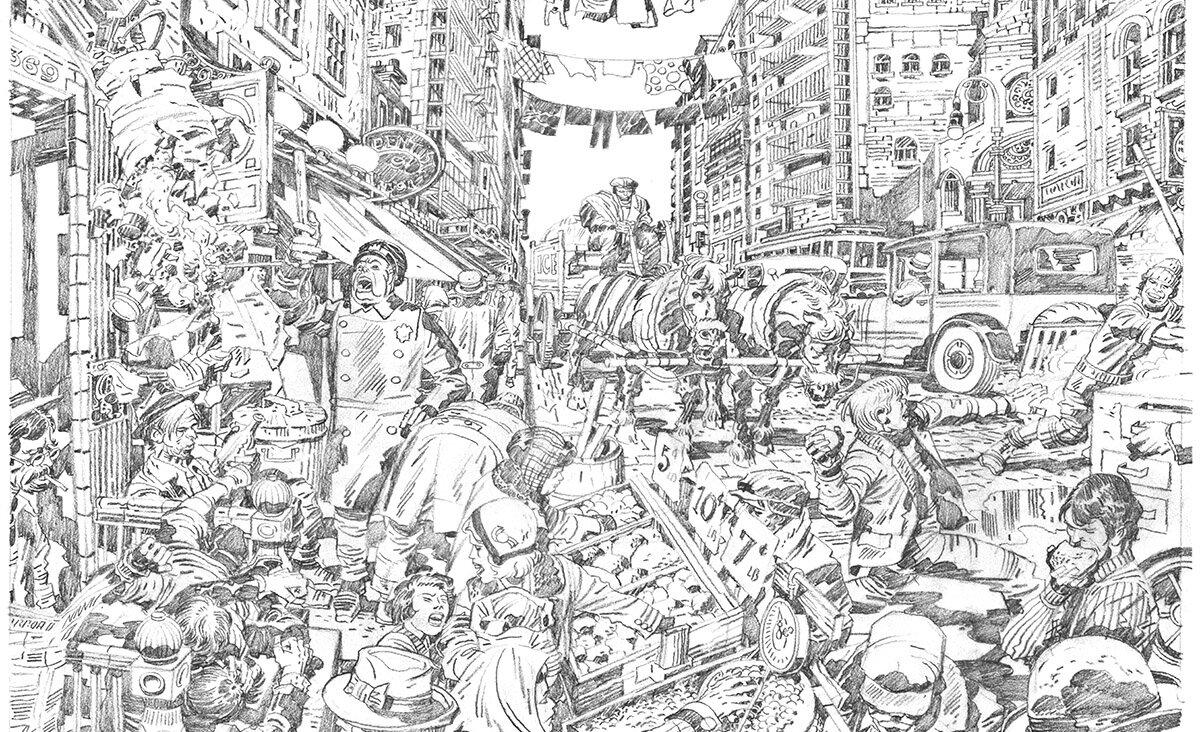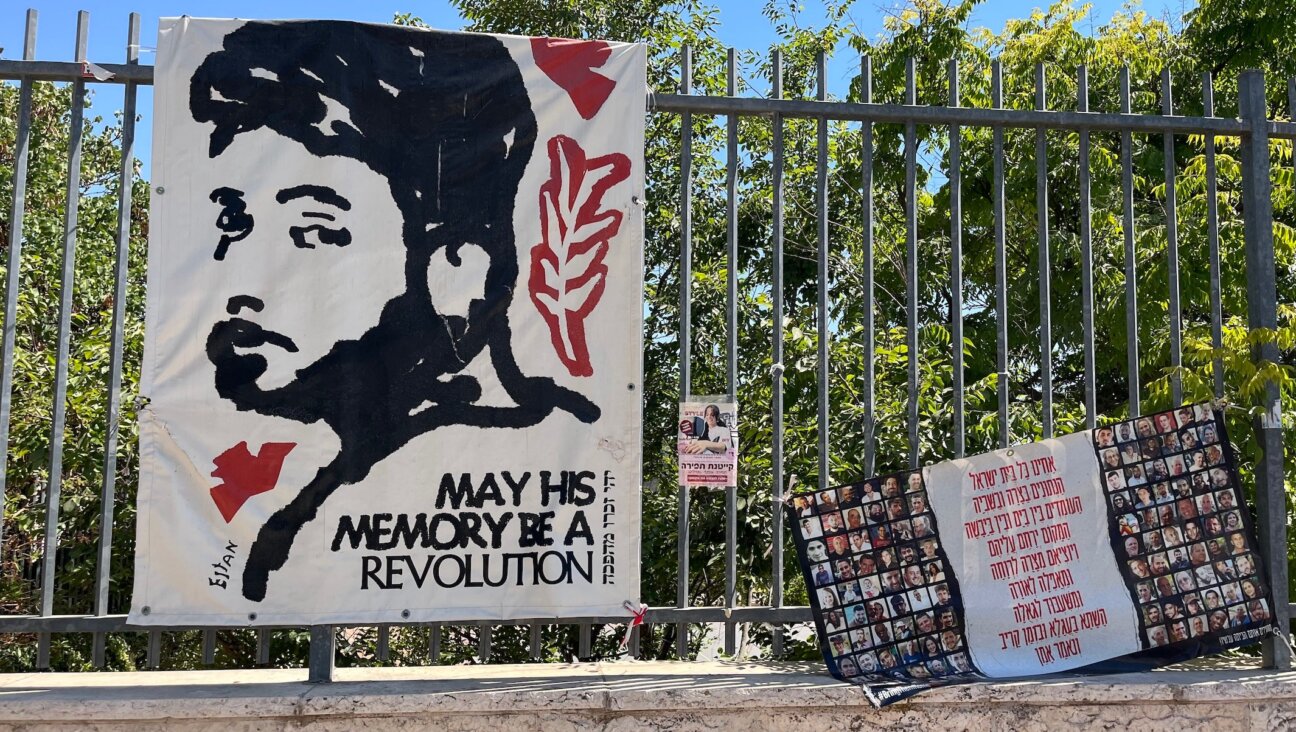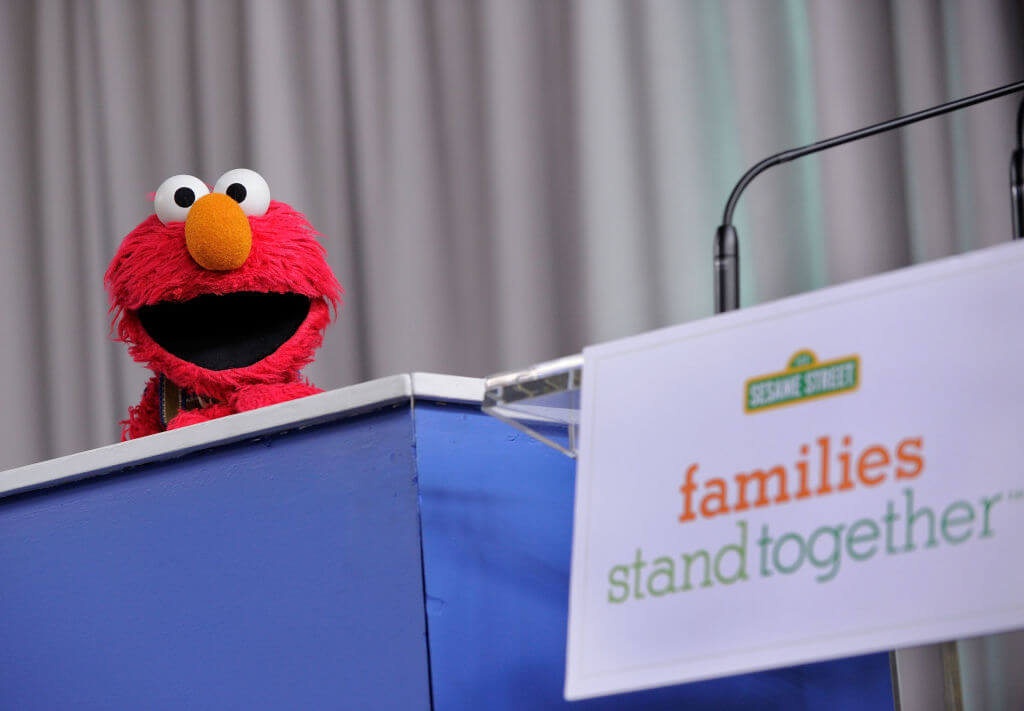A Dutch Art Restitution Project Is Reuniting Jews With Nazi-Looted Work
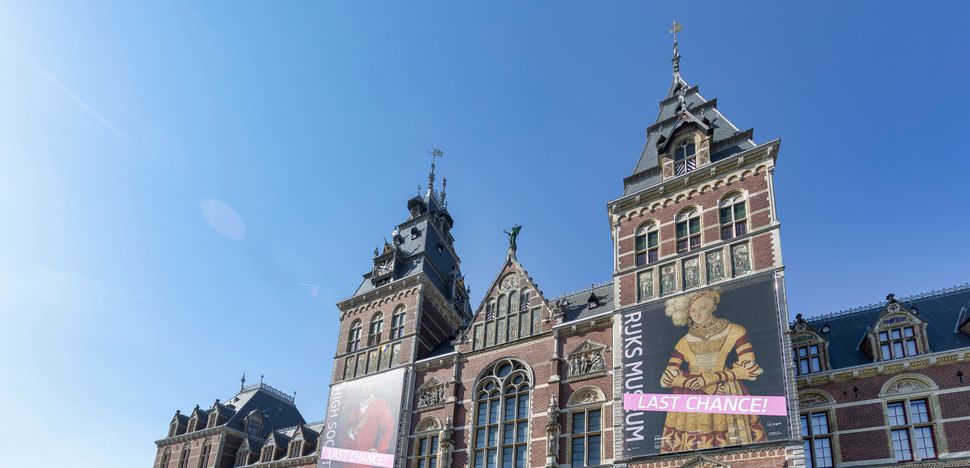
The Rijksmuseum in Amsterdam. Image by Getty Images/Laszlo Szirtesi/Contributor
While it has only existed for nine years, the Dutch restitution project, Museale Verwervingen is already close to completing its mission to find and return art stolen from Jewish families by Nazis and their collaborators. 172 pieces from 42 Dutch museums and the Royal Collection have been identified as potentially looted. Many of the items, have already been validated by a restitution committee and restored to their owners or their heirs.
Museale Verwervingen began its inquiries in 2009, enlisting 163 member institutions in a survey of art believed to be confiscated or surrendered under murky circumstances between 1933 and 1945. Since the Guardian reported on the project’s efforts on October 16, two more items have been flagged and added to the Museale Verwervingen’s online catalog.
“This research is important to do justice to history,” Chris Janssen a spokesman for Museale Verwervingen told the Guardian. “A museum can only show a piece of art properly if the story and history behind the object is clear… In other words: a museum must know which road a piece of art has traveled before it came to the museum.”
Not even the Royal House of Orange was immune to the probe. In 2015, an investigation of the palace’s collection prompted the return of a Joris van der Haagen landscape that was forfeited to a Nazi bank in Amsterdam by its original owner. Queen Juliana purchased the painting from a collector in 1960 and the royal family maintains she didn’t know its provenance.
The Rijksmuseum, the Netherland’s national museum and the country’s largest, is the only institution yet to complete an inventory. As mentioned on the Museale Verwervingen’s website the museum is combing through its works in phases owing to the massive scale of its galleries. But a team of five experts at the Rijksmuseum has managed to mark 22 pieces from its collection as suspect since they began work in 2012.
The total list of works identified by Museale Verwervingen number 84 paintings, 26 drawings, four sculptures, 45 pieces of what they call “applied art” (a miscellaneous category of furniture, cutlery, ceramics and more) and 13 spiritual artifacts including menorahs and torah scrolls. A Kandinsky watercolor, a series of factory scenes by Dutch painter Jan Toorop and sketches by Matisse are among the stolen pieces.
The Guardian reports that the most recent restitution is a 16th century bronze sculpture of Moses by Alessandro Vittoria, returned to the heirs of Emma Ranette Budge-Lazarus, the German-born wife of a wealthy American railroad financier who died in 1937. The work had been auctioned per Budge-Lazarus’ will, but her heirs, many of whom left the country ahead of the Holocaust and at least one of whom was deported to a concentration camp, were unable to claim the money from the sales at the time.
All of the items are viewable in an online database that includes their history, chain of ownership and conclusions and explanations of their provenance.
The impressive Dutch catalog is similar to a lost art database started by Germany in 2000. The latter database has met with recent controversy from Jewish heirs for removing artworks whose looted status came into question amid new evidence
PJ Grisar is the Forward’s culture intern. He can be reached at [email protected].







